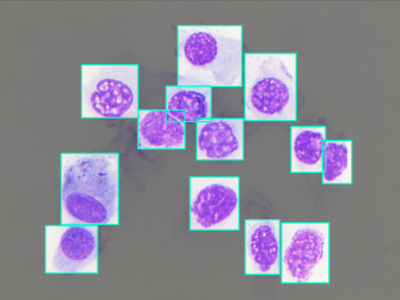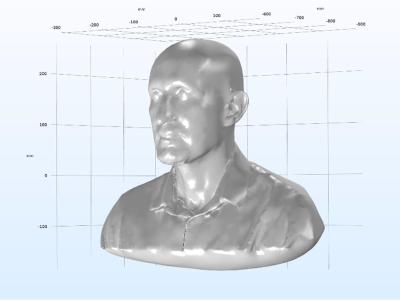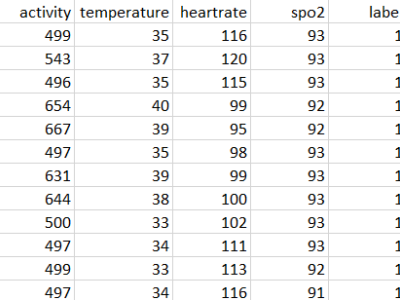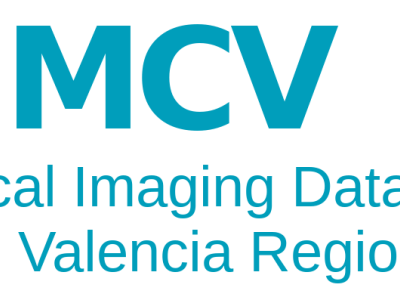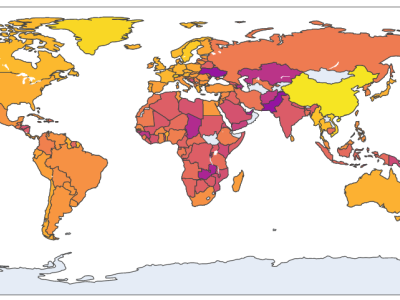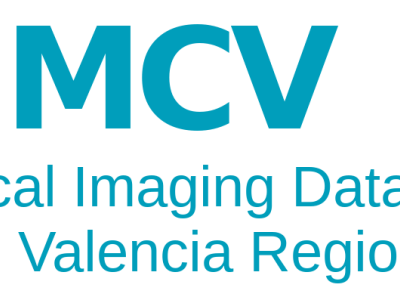
This is a dataset containing images of cotton leaves with Verticillium wilt, brown spot, aphids, and healthy leaves.The dataset initially consisted of original images of brown spot disease (330 images), verticillium wilt (213 images), healthy leaves (383 images), and aphids (473 images). To balance class distributions and improve model performance, data augmentation techniques such as flipping and scaling were applied.
- Categories:
